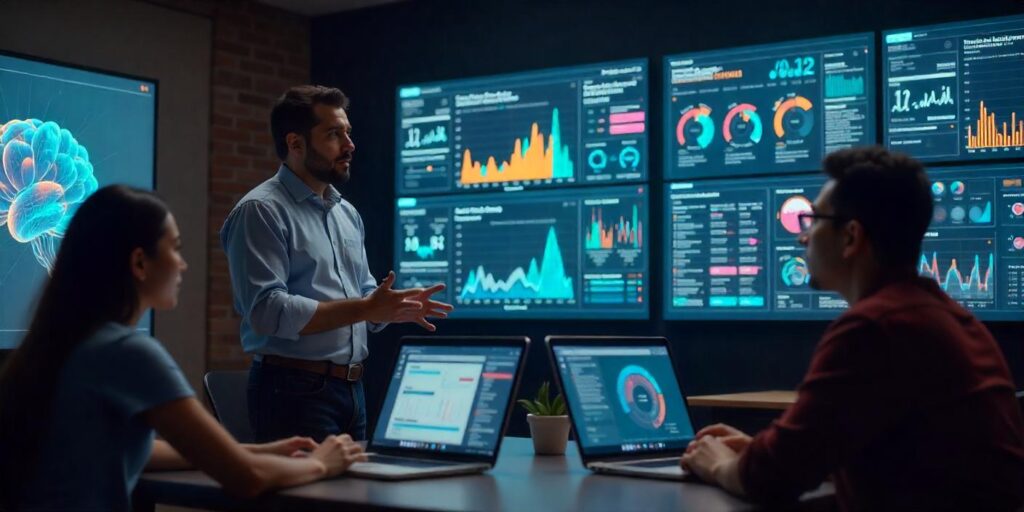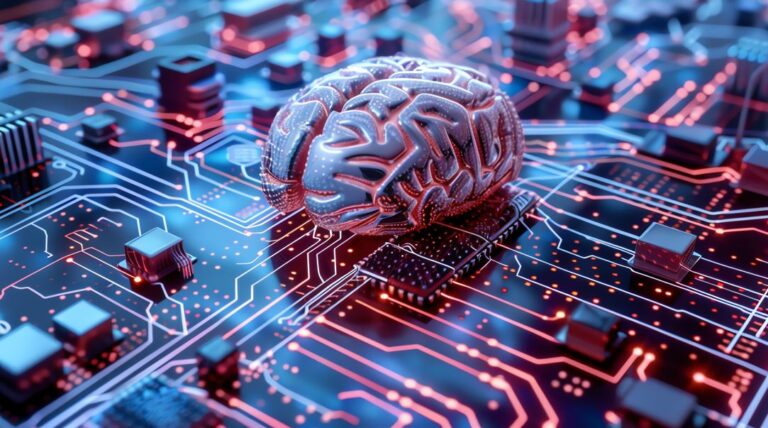Artificial Intelligence
Developments in Artificial Intelligence represent a giant leap in the way we approach complex problems, which require capabilities beyond human ability. After all, as early as the Industrial Revolution, machines were developed to expand human endeavor, to amplify the then-physical qualities of the workforce.

In our digital, technological, hyperconnected age, machines (read: algorithms) are geared toward increasing our analytical speed and multiplying the possibilities of inferring information and making more agile decisions.
Believe me, I don't know any cybersecurity analyst who can deal with huge amounts of information, hundreds of thousands of information sources per second... but I know a few algorithms that can do it (and do) as a result of their "daily work" (I will return to that concept and the ethical consequences of it later).

It is important to highlight that Artificial Intelligence is the “supra-discipline”, the umbrella that contains five sub-disciplines, one of them being the best known, Machine Learning (machine learning). This dimension, clearly the most widely applied in the field of cybersecurity, has four modalities that deserve explanation: Supervised (Supervised), Unsupervised (Unsupervised), Reinforcement Learning (Reinforcement Learning) and Deep Learning (Deep Learning). While it's true that each one has its own particularities and I could (almost) write a book about them, for the purpose of this article—the application of all of this to cybersecurity—I'll focus on two: Unsupervised and Reinforcement Learning.
Unsupervised Machine Learning:
The first, Unsupervised Machine Learning, no longer requires a data scientist (data scientist in its English meaning) to “label” the data set and the algorithm is able to decide “automagically” (sic) the variables needed to test the hypothesis as correct or incorrect. This modality is ideal for finding anomalies and patterns of behavior, and thus, even being able to infer the next movements of the attacker and/or any individual in the community. Unsupervised Machine Learning is the most widely used method at the moment due to its predictive capacity using volumes of information from different sources, with massive data loads, in (almost) real time and making extensive use of statistics.
Reinforcement Learning Machine Learning:
With Reinforcement Learning Machine Learning, as its name suggests, the algorithm is capable of learning from its mistakes (!) and learning intensively, correcting its state and always being at the best version of itself (which, as a concept, is already tremendously interesting because it implies that it is in continuous improvement mode... always). In the world of cybersecurity, applying this concept to defense strategies where the machine can learn from its mistakes and (re)learn from, for example, false positives, seems to us to be a qualitative and quantitative leap. Can you imagine a solution that can predict the next step of an attack... because it has been trained and/or seen different methods to exfiltrate information (what in English is known as TTP, Tactics, Techniques and Procedures, or Tactics, Techniques, and Procedures) and act accordingly before it happens? Stop imagining it, because it already exists and substantially changes human efforts in cybersecurity protection and defense.

There are already different technologies on the market Machine Learning that complete and complement the developments already available to obtain full control and visibility of the environment. Engineers from around the world have developed detective, preventive, and corrective controls that capitalize on the concepts mentioned in this article. And they provide new angles for the deployment of a SOC (Security Operation Center) next-generation. An automated, orchestrated SOC that is capable of utilizing threat intelligence from diverse sources (including several data lakes, infer the next step of a cybercriminal and, consequently, provide greater robustness and solidity in the protection and defense of an environment.
All of this, before reaching Deep Learning, whose conceptualization aims to emulate how the human brain works, the way in which the estimated 100 billion neurons in an adult's brain work in different layers to transmit information and make decisions like electromagnetic impulses or electrical currents. Therefore, we live in a fascinating time in cybersecurity where tools expand human capacity. We live in a magnificent time where artificial intelligence is becoming less artificial and more intelligence. Less machine and more human. Or almost.



































